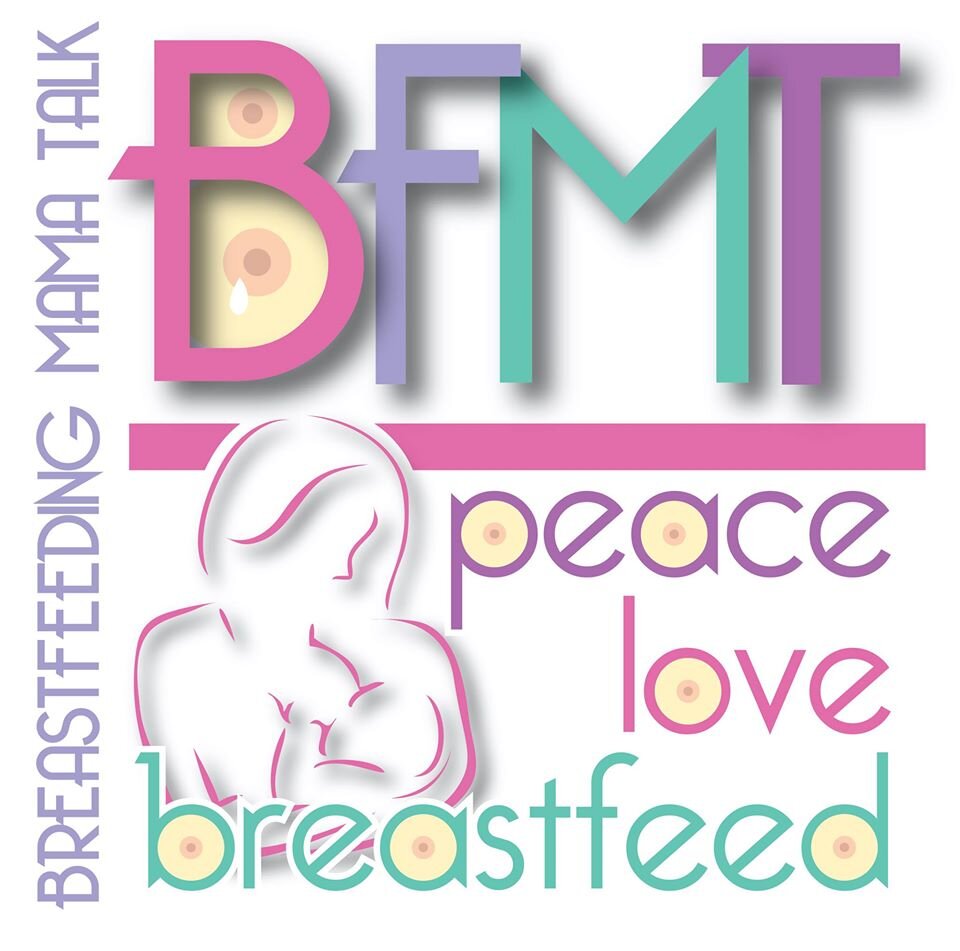Our Resident nurse Aimee (page manager of Breastfeeding Mama Talk) wrote this article for a reflection for one of her clinical rotations. I think it gives great insight on milk sharing through a source on the internet. I think more negativity surrounds this, but the positive far outweighs the negative. Please read our Resident Nurse Aimee’s thoughts about milk sharing through the internet.
Reflection #1: Peer Sharing of Breast Milk via the Internet
Aimee Jackins
Macewan University
My reflection is based off a conversation we had with the dietician that works at the North East Edmonton Clinic in our first week, when speaking with the dietician. She asked what an appropriate substitute for breast milk is if the mother cannot breastfeed. I suggested donor milk, as according to the WHO (2003), when the mother cannot or chooses not to breastfeed, the next best alternative is pumped milk from the mother, a wet nurse or donor milk from a human-milk bank, or an approved breast-milk substitute (p. 17). The dietician responded that there is not enough donor milk available and it is usually reserved for extremely sick babies – typically who are premature, and that it is very expensive, somewhere along the lines of $3/oz. I then suggested donor milk from other mothers (to me this is similar to a wet nurse, except it is pumped), as there are now growing communities online that are devoted to the sharing of breast milk. For instance, on Facebook there is Eats on Feets and Human Milk 4 Human Babies. These groups are focused on connecting mothers to share breast milk, so that all babies can benefit from it. Furthermore, I always remember how my friend’s son passed away at 20 months of age, and she had over 200oz of frozen breast milk, that she promptly donated to a mother in need who had cancer and could not breastfeed. She did this free of charge. To me it is the ultimate selfless act, I am not the only breastfeeding advocate who feels this way, as I have connected with many online. I definitely agree with it, provided some safety rules are put into place, and I think the mass benefit of this should be fully realized.
Now, I feel that I should look at what the evidence says about this concept of internet milk sharing, and whether it is an appropriate resource for mothers to utilize, so as to inform my practice and the information I give people. First, it is a good idea to investigate reasons as to why people are against donor milk from sources outside of a milk bank. As described by Akre, Gibbon, and Minchin (2011), historically there has always been a suspicion of breast milk, whether it be due to the woman’s physical traits, lifestyle, health, and in this day and age infectious diseases. It seems that internet sharing of milk is enhancing and embracing these fears. Another reason, is that this concept is a potential challenge to the medical establishment itself, as it operates outside of any medical influence with a mother exercising control (p. 9). Now, to me this idea of women taking control of their child’s health is a good thing, and should be seen as a sign of empowerment and promotion of their own health. In fact, by following the WHO’s guidelines in giving their babies breast milk, I feel that they are doing their very best by their child, and giving them the best start at life. I personally do not see how this could be negative, again provided appropriate safety measures are put into place.
Next, I wish to take a look at some of the ethical principles in healthcare and how it would apply in the situation of telling a mother about donor milk sharing and if it is appropriate, as for example, the Canadian Pediatric Society recommendations states that it “does not endorse the sharing of unprocessed human milk” (2010). First, according, to Gribble (2012), one of the principles to be looked at is veracity. This principle requires that the nurse-patient relationship be an honest one, and therefore, any patient should divulge the fact that peer sharing of milk is an idea they are playing with.
Furthermore, this principle requires health care workers to provide parents with all relevant information about human milk alternatives. Any organization that prohibits this discussion could technically be seen as breaching this principle, as well, as the principle of autonomy. Second, when it comes to the possibility of transmission of illness through donated milk, if you look at the principle of beneficence, which is all about minimizing harm, it would be important to discuss peer sharing of milk, because then there is the possibility of actually providing information to the client, about how to complete the process as safely as possible. For example, correct ways of storing breast milk, flash heating for in-home pasteurization, medications transmission in milk, and potential sharing of medical records between the donor and the recipient (p. 109). Now these are just some of the ethical principles that are applicable to this idea of donor milk being shared via the internet, but it definitely illustrates the possibility of sharing the idea of peer sharing to clients and the concepts to make sure it is done as safe as possible.
This is just a brief glimpse of the ethics behind peer sharing of milk over the internet, another area to look into is the dangers of using formula vs. milk sharing. I do not agree that we should not suggest sharing of milk between mothers as a viable, great option, provided it is done in a consistently, safe way. Therefore, it would be imperative to get the information out to health care workers so they could educate clients, because in the end, whether or not we advise milk sharing, it will still be done, and that means it is better to make sure it has the potential to be done as safe as possible.
Breastmilk is best for babies, but sometimes our bodies don’t allow us to give our baby our own breastmilk. Why let something like that stop you? Donor breastmilk is no different then donating any other bodily organ such as: blood, bone marrow, organs, ect… There is nothing wrong about using donor breastmilk.
References
Akrel, J. E., Gribble, K. D., Minchin, M. (2011). Milk sharing: from private practice to public pursuit.International Breastfeeding Journal, 6, 8-10.
Canadian Pediatric Society. (2010). Human milk banking-
Gribble, K. D. (2012). Biomedical ethics and peer-to-peer milk sharing. Clinical Lactation, 3(3), 108-111.
World Health Organization. (2003). Global strategy for infant and young child feeding.








